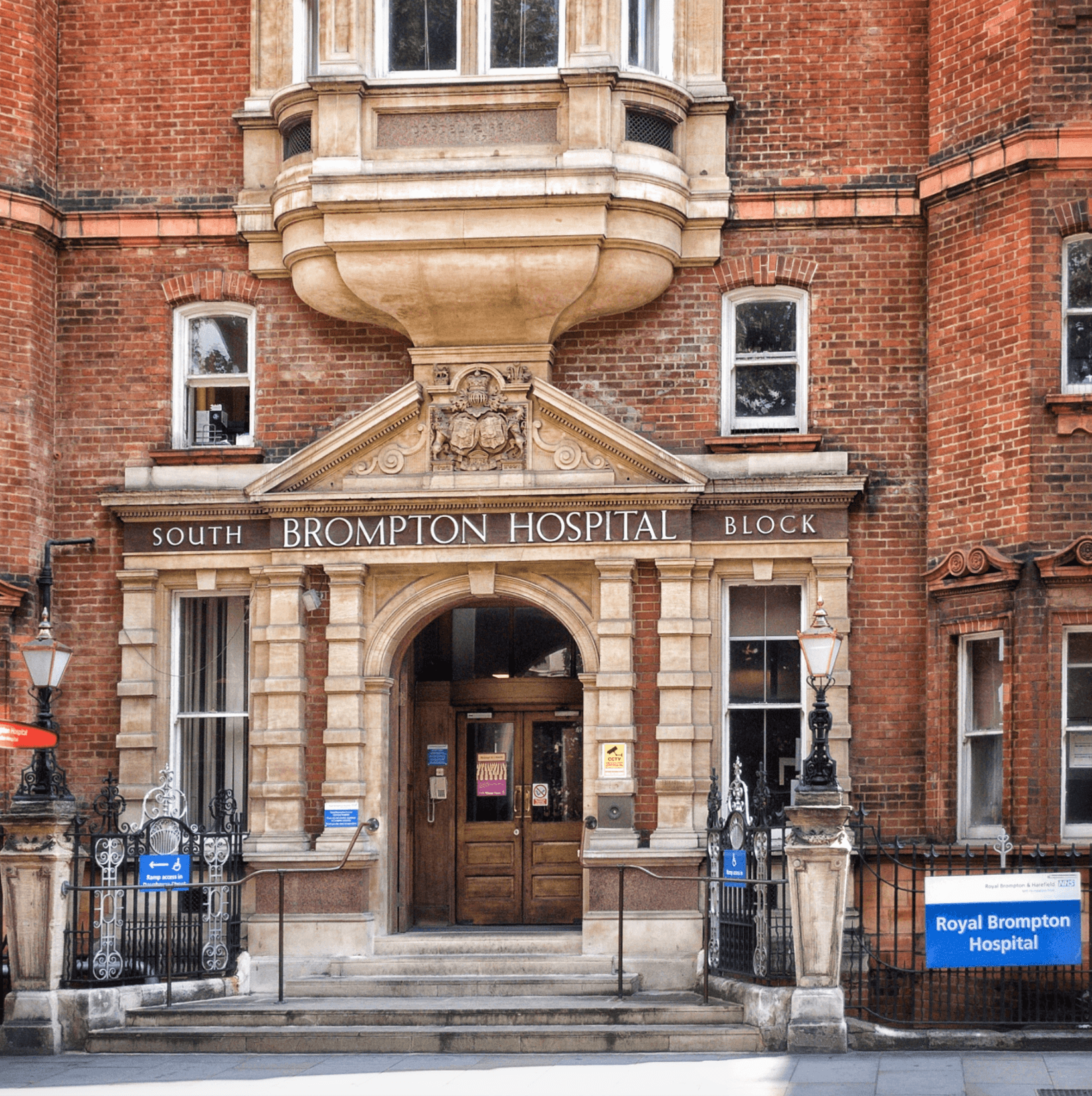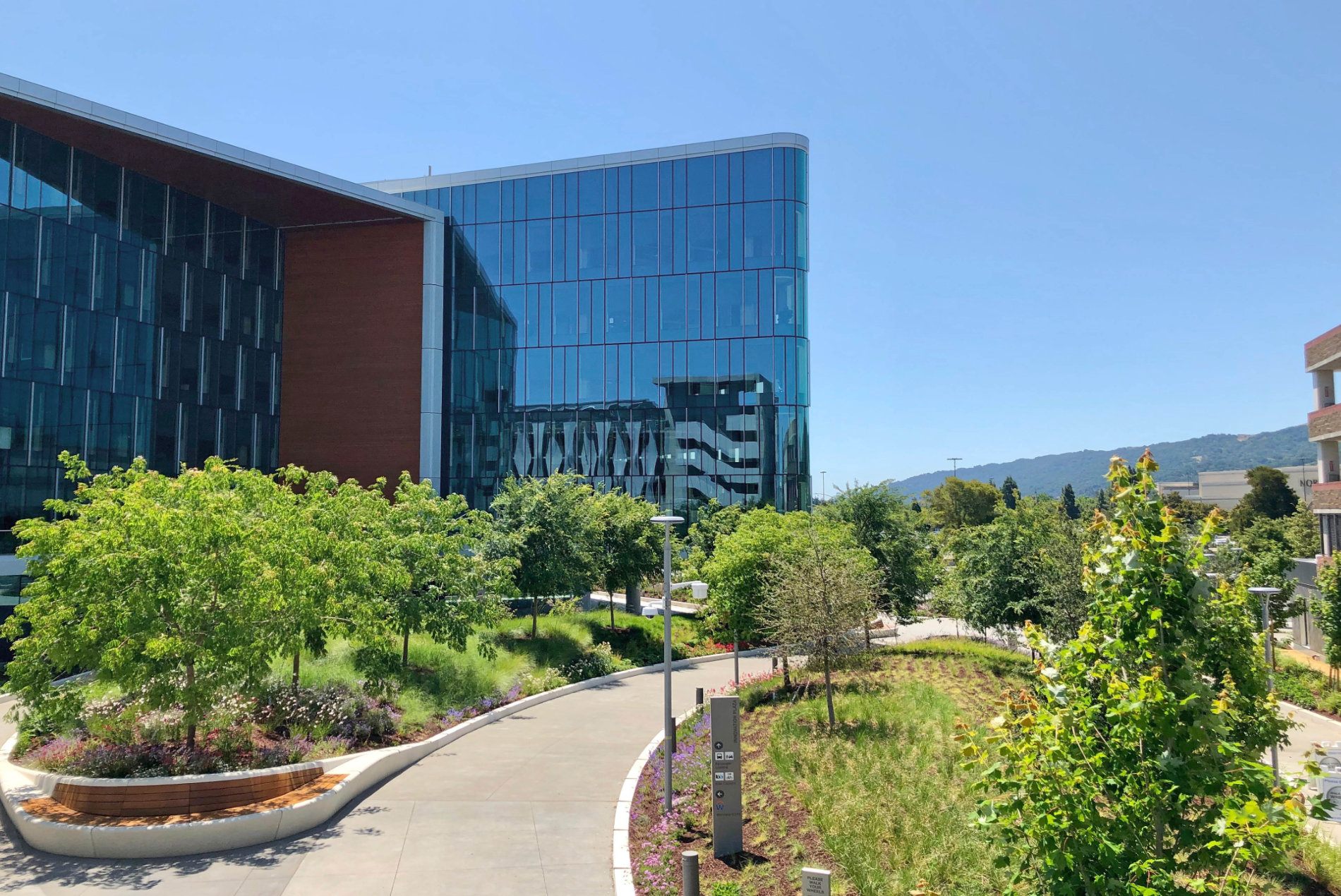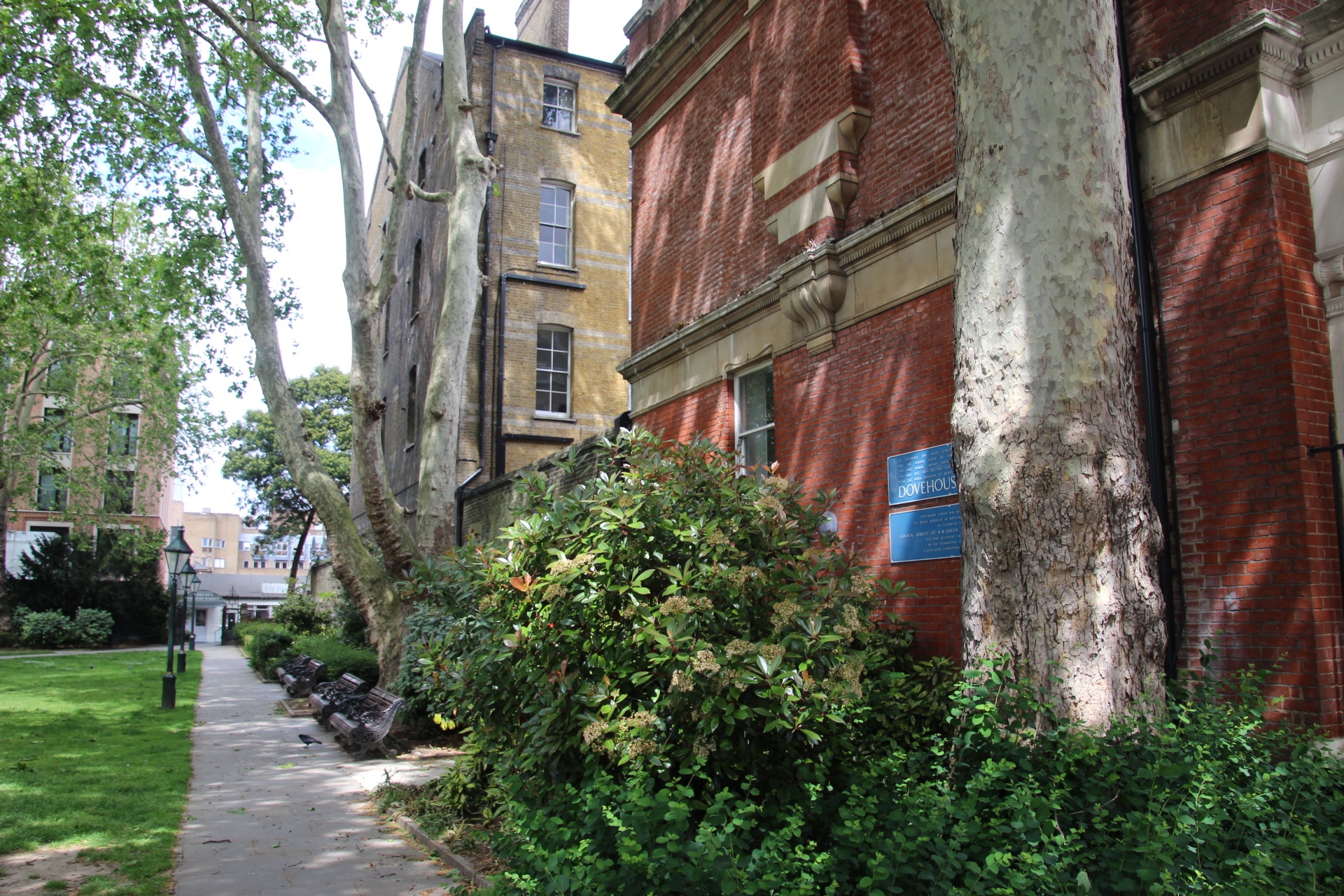
With this merger in mind, the Royal Borough of Kensington and Chelsea appointed HOK to test whether the central London site could continue to support uses that are beneficial to the broader community. The Borough wanted to retain the site’s social value with additional economically sustainable alternatives.
The team tested potential uses including healthcare, social care, medical research and wellness.
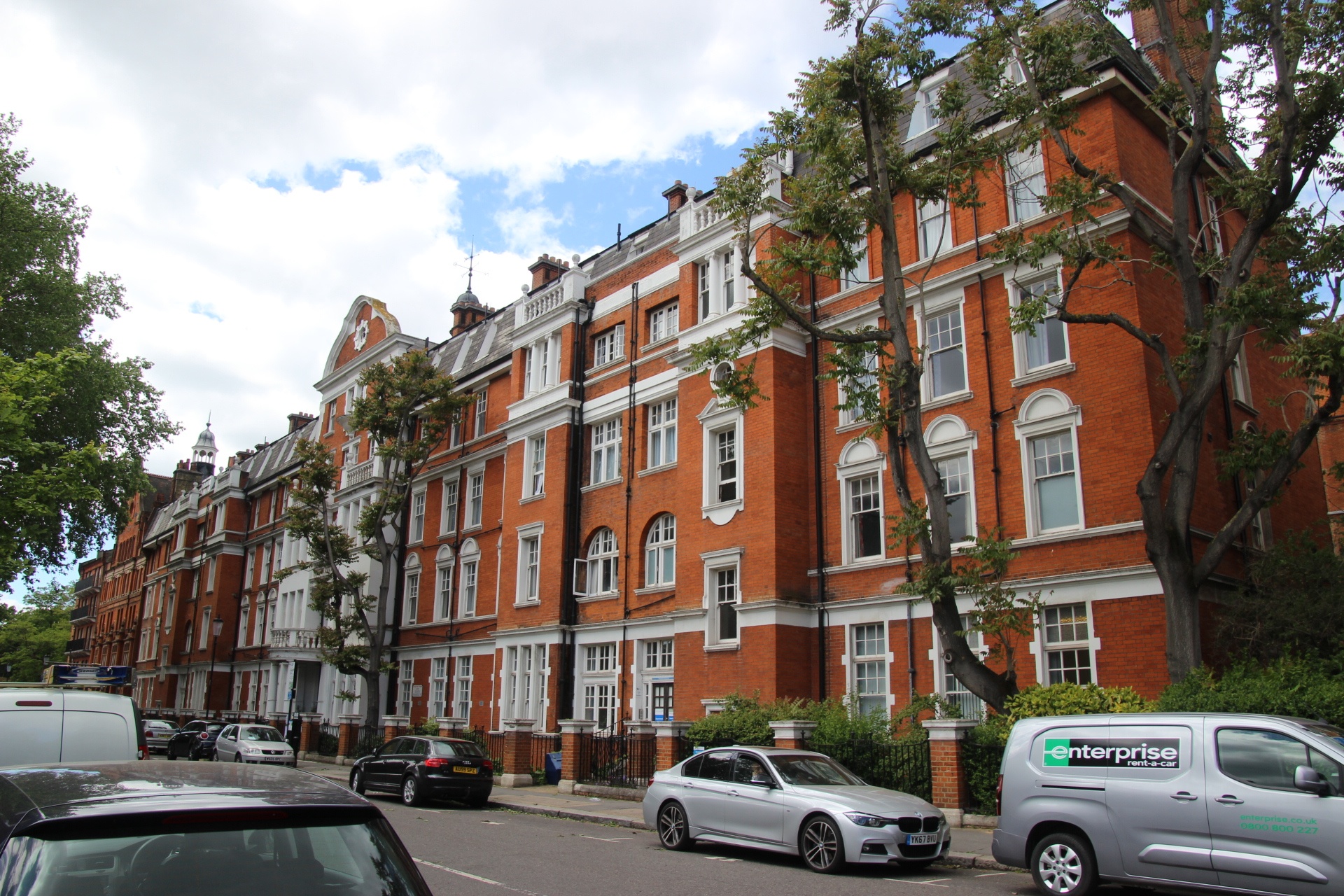
The team set out to determine how proposed new uses could help define the neighbourhood as a new ‘medical quarter.’ This included demonstrating how the adaptive reuse of existing buildings, some of which are listed historic landmarks within a conservation area, could continue to benefit the community and historic fabric.
HOK partnered with real estate strategists at CBRE to anchor the study on sound economic and business logic. The team also used the UN’s Sustainable Development Goals and RIBA’s Sustainable Outcomes framework as ‘guiding stars’ for the design.
Planners and designers focused on creating a mixed-use neighbourhood that would benefit local people from all backgrounds. It needed to have a broad array of healthcare and education facilities, open public spaces and amenities.

HOK’s proposals encompass four different Royal Brompton sites, covering more than 3 hectares north of King’s Road in Chelsea. Though the structures on these sites have seen better days, they include listed and adaptable buildings that must continue to contribute to the area’s success. Further opportunities lie in plots where buildings need to be replaced.
The team determined the future highest and best use for every building.
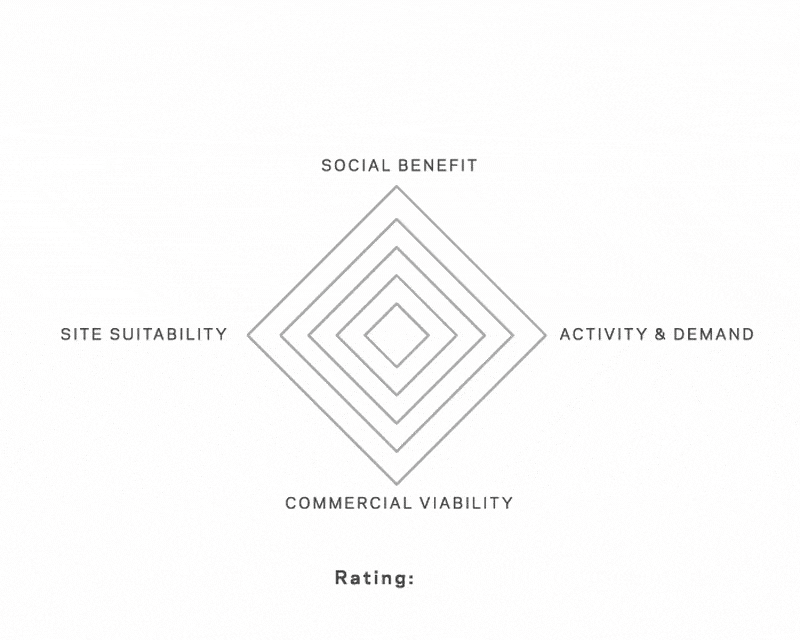
HOK and CBRE conducted a comprehensive analysis of the commercial value of the overall site and its corresponding buildings. The team assessed the viability for life sciences and healthcare uses, including inpatient and outpatient care, elderly care, retirement living and medical office buildings.
Based on this rigorous analysis, the team concluded that the main hospital site provides an extraordinary opportunity to create an integrated health and social care campus that will generate financial returns for the entire borough.
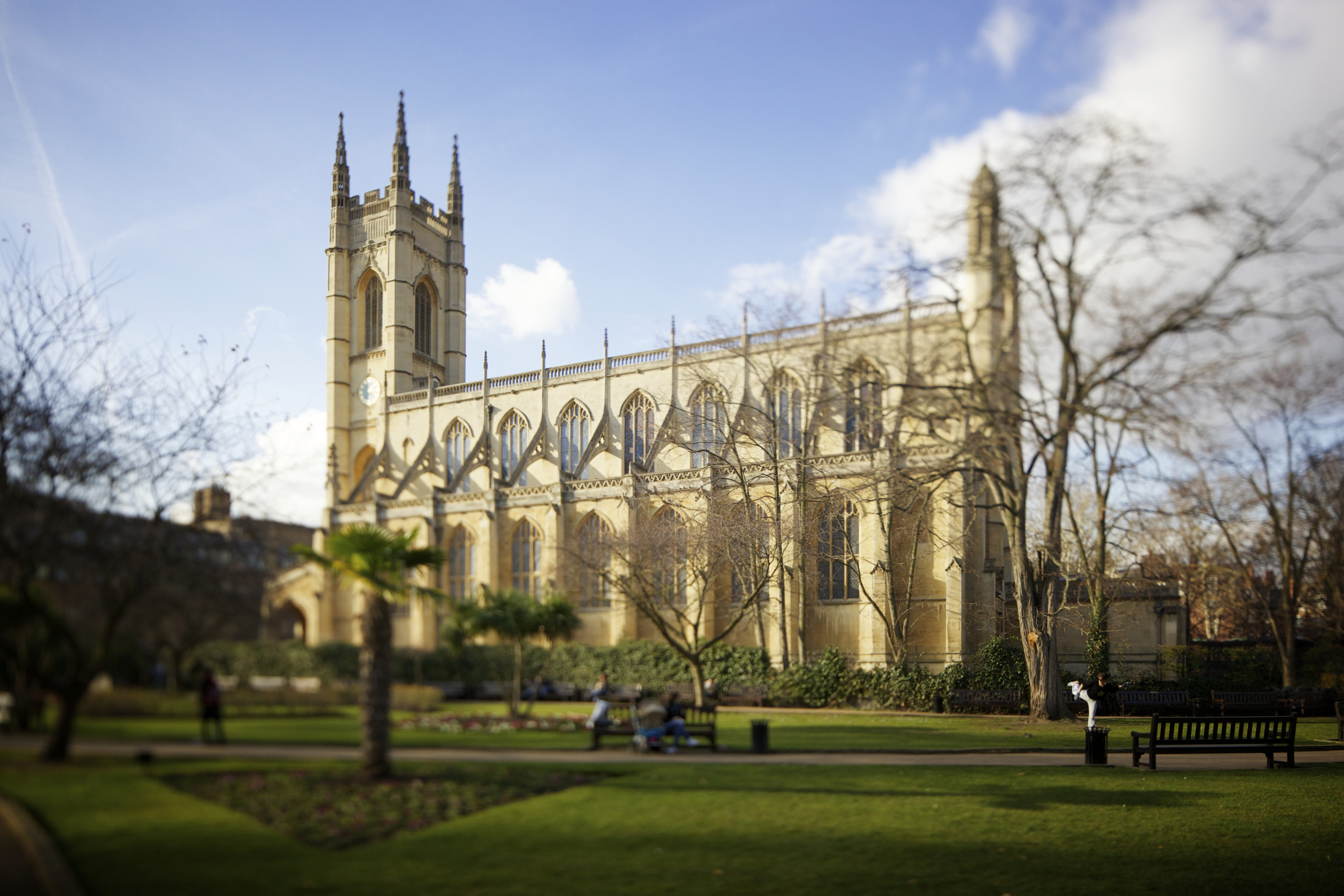
Reflecting the piecemeal nature of development over time, the sites feature a mix of architectural styles and uses. This includes Georgian terraced housing, grand Victorian architecture constructed largely of red brick, and more modern hospital and residential buildings.
The sites are well-served by public transportation and major strategic vehicular routes, providing good links for those traveling by foot and for emergency vehicles. Nineteen Transport for London cycle docking stations are located next to the campus, with another 128 stations within a five-minute walk.
The design solution involves maintaining, restoring and adapting several existing buildings, as well as expanding green and open spaces and building new structures over time.
A ‘kit of parts’ features open space and block typologies that come together in one expansive area serving the complex needs of many stakeholders.
The solutions incorporate more than 750,000 square feet of built space. Yet the streets and places are not overly large, lending an air of intimacy and human scale to the development.

This is an inclusive and pedestrian-friendly urban environment that creates opportunities for people to meet, exchange information and socialize. A broad mix of uses and ‘pop-ups’ will attract a variety of people.
The master plan moves the various uses into public view, encouraging transparency and creating visual interest. Putting the medical uses on display at the street level will promote health and well-being.
An events program that offers community and commercial benefits will encourage people from disadvantaged backgrounds to overcome any reluctance they may have to come to these settings. All are welcome here.
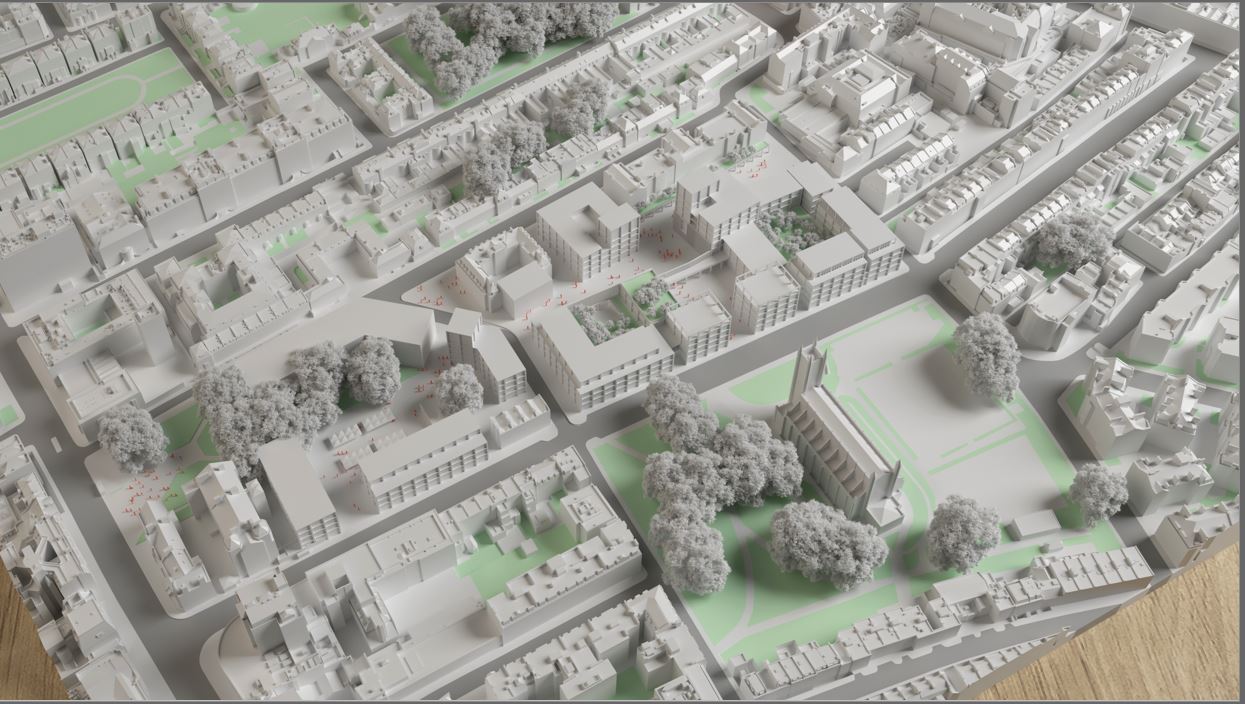
The landscape strategy is to enhance and support what is there now. All the mature trees have been preserved.
Shaded and with rain cover, the environment responds to the changeable London weather. The sun is generally a friend in London—especially in winter. The plan locates cafés and restaurants facing south to allow people to bask in the sun when it appears.
An open space strategy provides a balance of hard and soft landscapes. There are strong connections between indoor and outdoor spaces.
Because there are no gates or passes, people who live and work here will feel a sense of security and ownership.
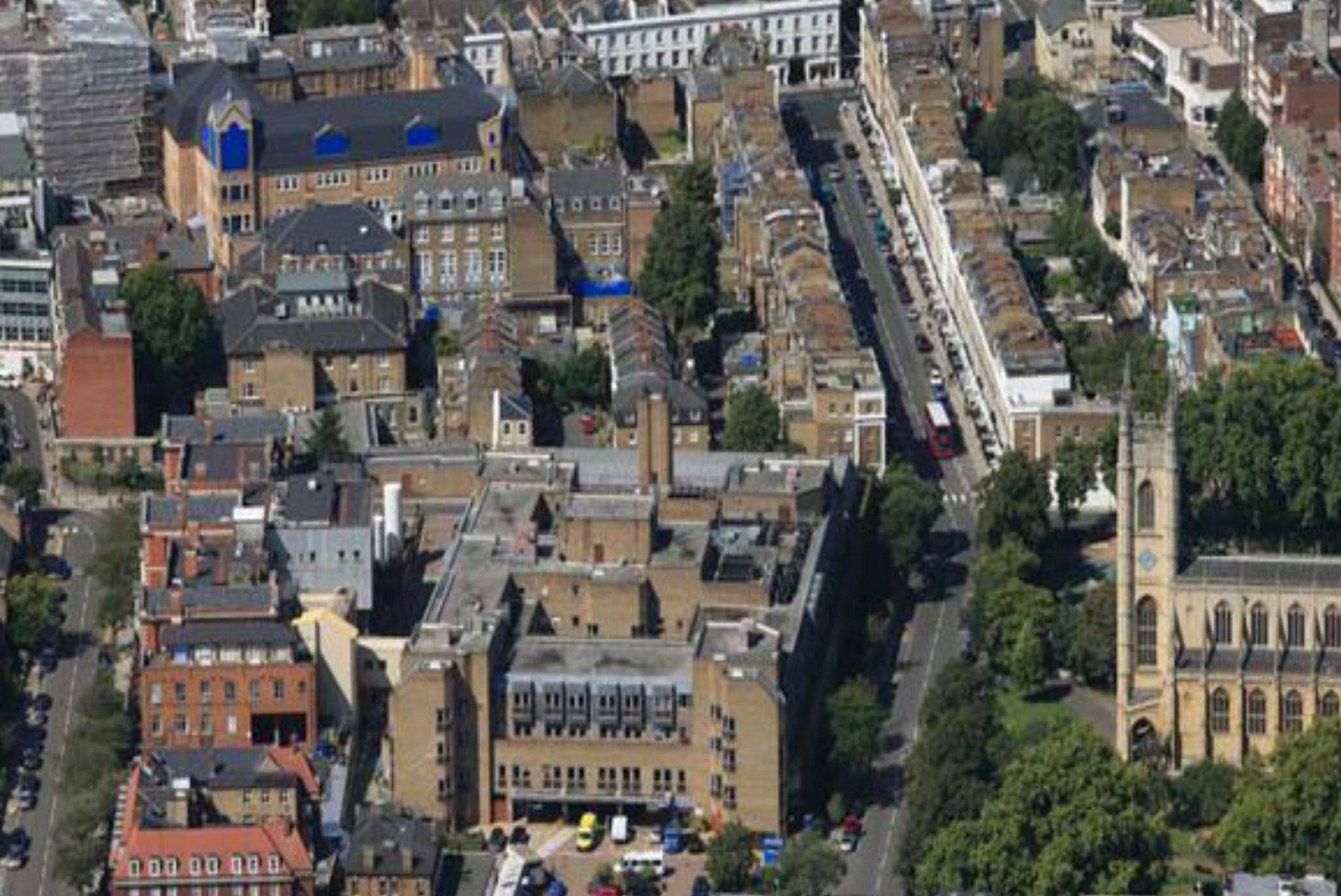
This campus is in central London, where natural ecosystems are limited.
The site needs to retain its natural assets while encouraging new growth wherever possible.
A combination of curated and noncurated habitats will encourage biodiversity while providing educational opportunities.
.
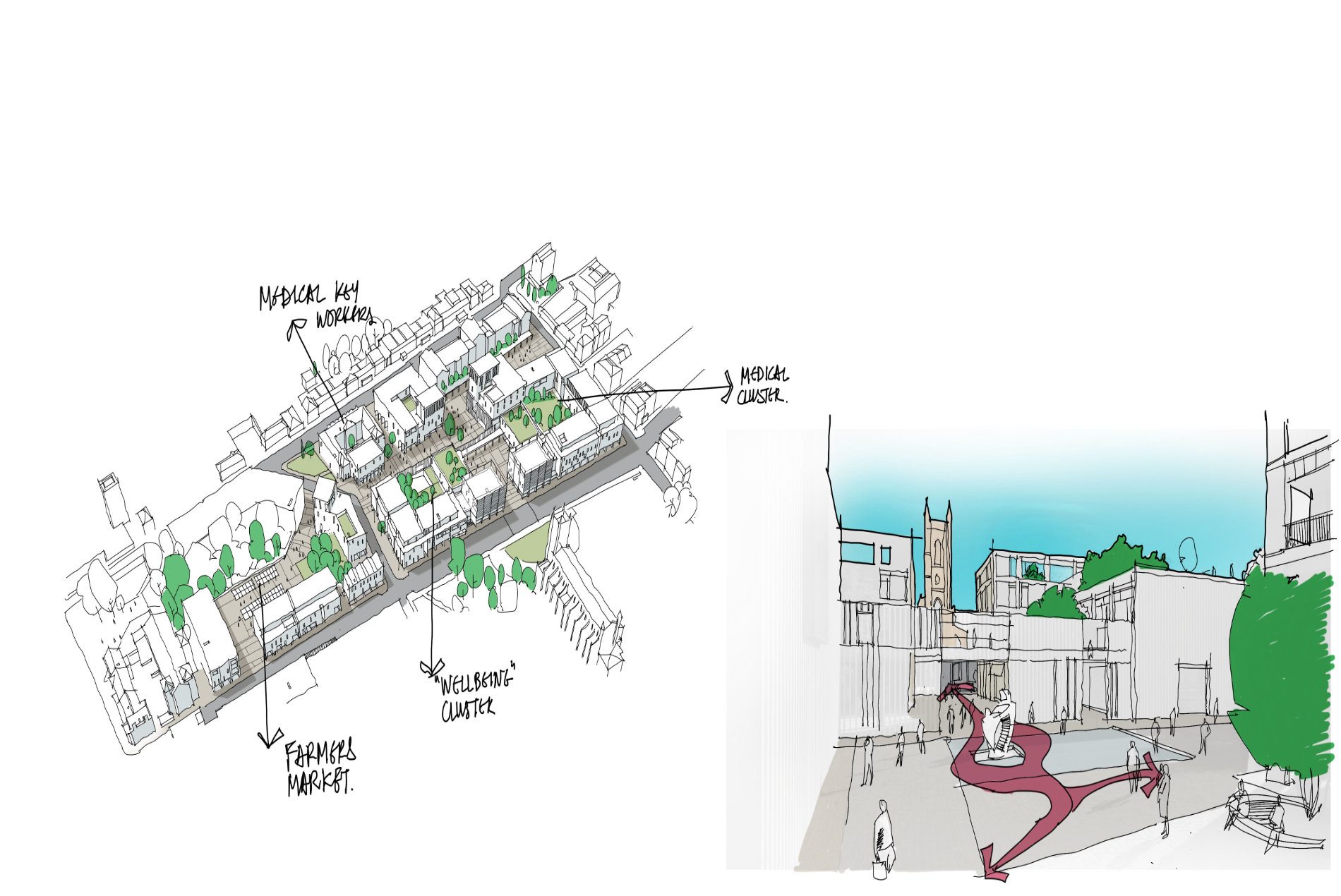
The client’s commitment to focusing on medical uses means that the most profitable use—high-end residential—is not being exploited. Yet this mediated approach still will be profitable while bringing broader long-term value to the people who live here.
The location, historic context and adjacency to listed buildings will ensure that high-quality materials are selected and that sufficient investment is made in the overall project.
